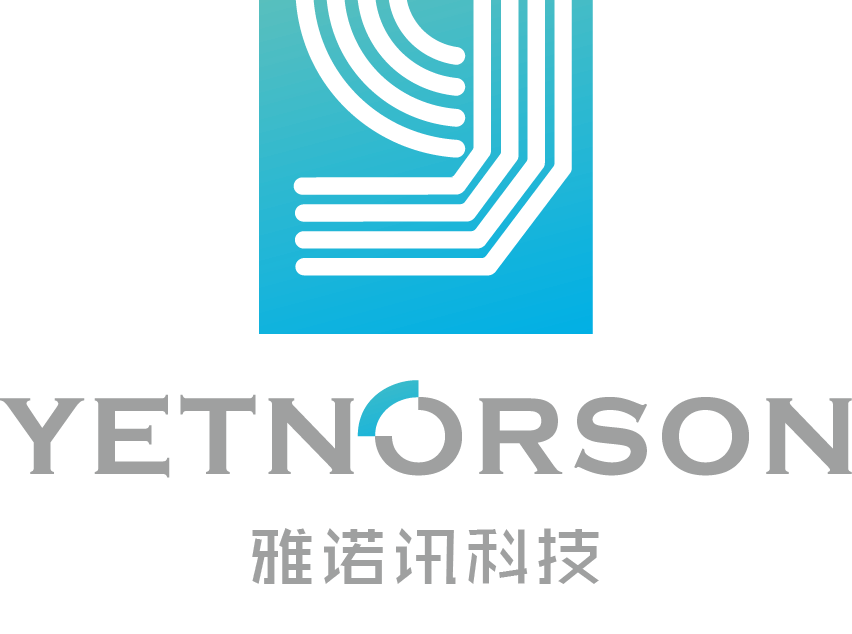Japan’s Institute of Advanced Manufacturing Technology has successfully developed a technology for producing wireless tag antennas by printing. Silver paste is used as a metal material, and it is subjected to pressure treatment and heat treatment by "pressure annealing."
The Japan Institute of Advanced Research and Technology (hereinafter referred to as "Production Research Institute") has successfully developed a technology for producing wireless tag antennas by printing. Silver Paste (Ag Paste) was used as a metal material. After an antenna, a wiring, and an electrode were formed by screen printing on a plastic base plate, pressure treatment called "pressure annealing" and heat treatment at 150C were performed at the same time. By these measures, a resistivity of 10-3 to 10-4 Ω·cm that can be used on a wireless tag is obtained. The resistivity was reduced by more than 3 digits when compared with the heat treatment at 150°C alone.
In order to create a wireless tag with a resonant tag structure that uses a capacitor and an antenna in the antenna and the wiring. When the tag is detected using a commercially available wireless tag reader, it can operate normally in the frequency band of 5 MHz to 40 MHz. For example, three kinds of resonant tags are produced, and the identification numbers are assigned respectively. When the objects attached with these resonant tags are placed close to the wireless tag reader, they can be successfully identified. In the past, when a wireless tag antenna was manufactured using a printing technique, the heat treatment was performed at a temperature of 400° C. to 500° C. Therefore, a plastic bottom plate cannot be used. Currently used in the industry is an aluminum antenna formed using a vacuum process. The results of this project are planned to be released at the "Sixty-sixty-seventh Applied Physics Society Academic Lecture in 2005 (2005), held in Tokushima City, Japan, from September 7 to 11, 2005.
Pressure annealing can reduce the resistivity of the conductor portion without thermal expansion and contraction of the plastic substrate and the conductor formed by printing. In this heat treatment, a method of adding a solid base plate between the heater plate and the plastic plate was adopted, and a vertical pressure was applied to the surface of the plastic plate. Fixing the bottom plate prevents the plastic bottom plate placed on the heater plate from expanding or shrinking toward the inner surface during heat treatment. If the plastic base plate is directly placed on the heater plate for heat treatment, the plastic base plate will be non-uniform due to thermal expansion and heat shrinkage after heating, and the use of a fixed base plate can solve this problem. Applying vertical pressure can reduce the pitch of the metal particles in the conductor formed by the printing, so that the resistivity can be reduced. However, for the details of the fixed base plate and the vertical pressure application method, the Institute stated that "it is a key technology and cannot be disclosed" (Ministry of Organic Optical Devices, Sumiyuki Sumita, Minister of Manufacturing, Research & Production Research Department).
The goal is to make all of the IC tags printed.
Production Research Institute believes that the release of the technology for producing antennas through printing has taken a big step toward realizing the goal of making IC tags and IC cards entirely manufactured by printing. The Institute had previously developed a circuit using organic transistors and established the goal of using printed technology to apply organic transistors to IC tags and displays. Among them, when considering application to IC tags, the Institute believes that the development of a method capable of forming an antenna having a high Q value (impedance ratio) is a development issue that is equally important as the electrical characteristics and reliability of organic transistors.
"When a conductor such as a wiring is formed by printing, if it is a display application, the resistivity within the allowable range can be obtained" (Hadada, Inc.). However, the Institute stated that if it is an antenna application, if stress annealing is not used, the resistivity will exceed the allowable range. The Institute believes that IC tags manufactured by printing will be successfully developed around 2010 to 2015. If ICs and antennas can be formed by printing, the cost of IC chips and antennas that cost several tens of yen in addition to the cost of components is expected to be greatly reduced.
Source: National Plastics Processing Industry Information Center














